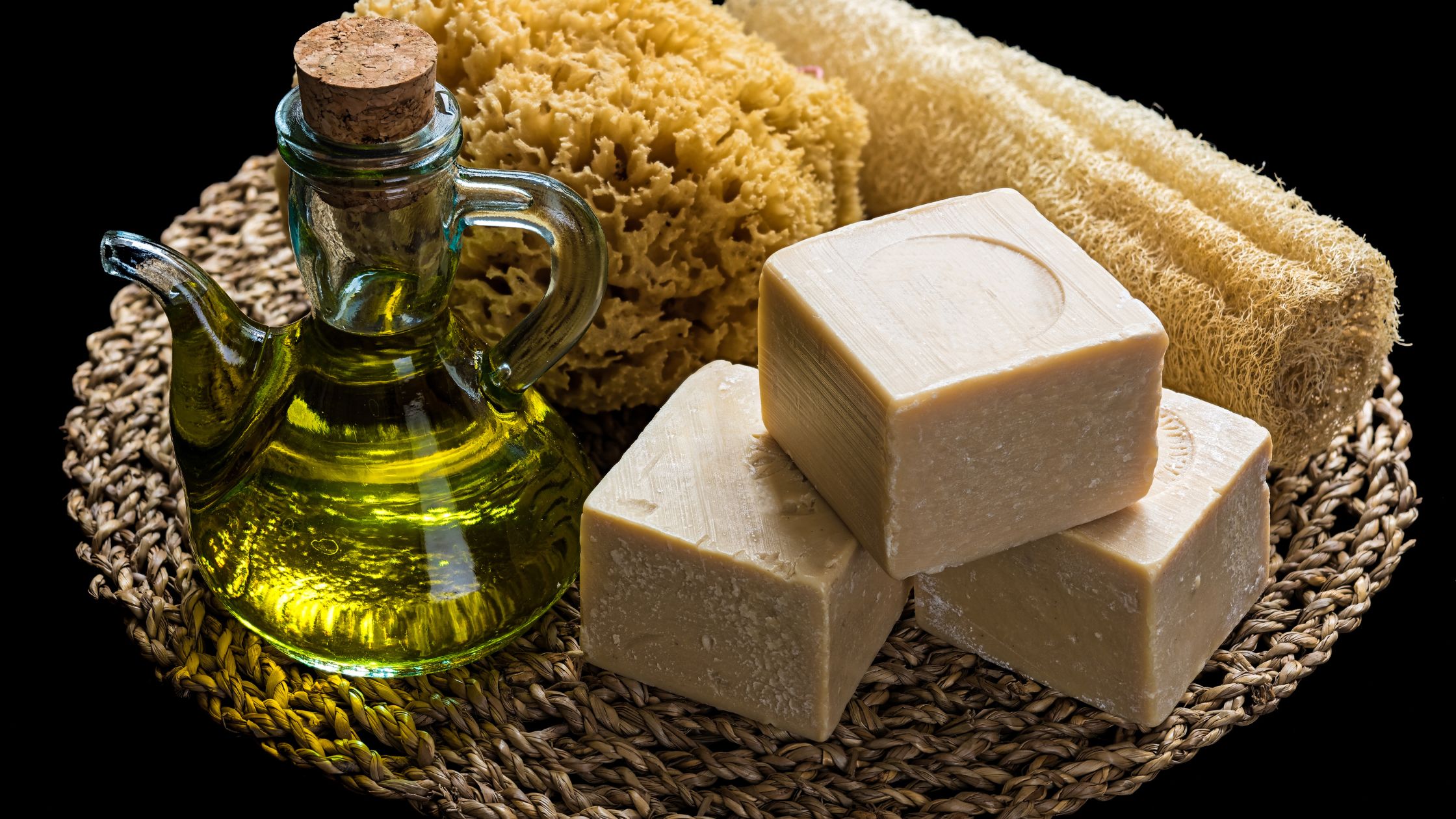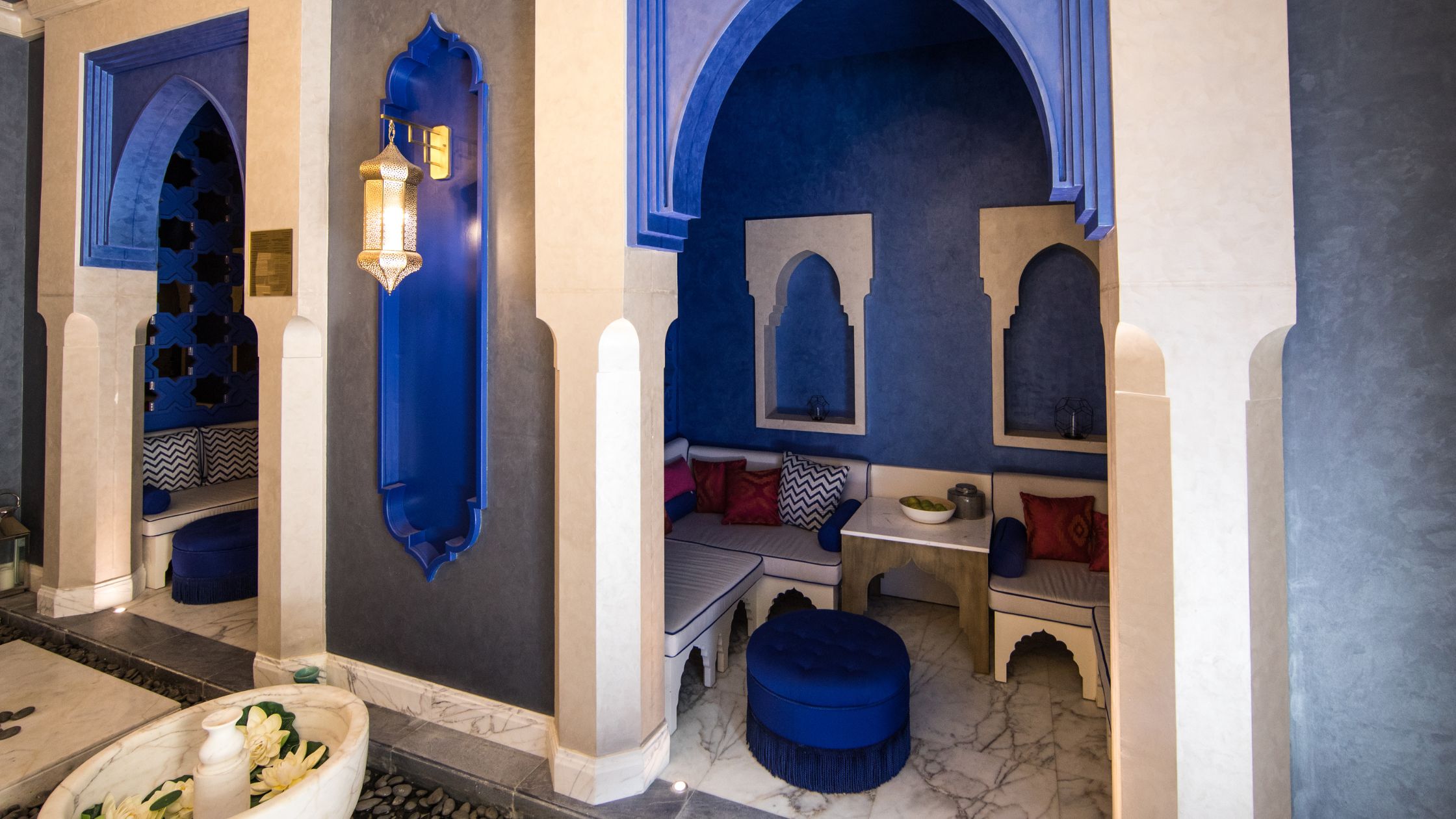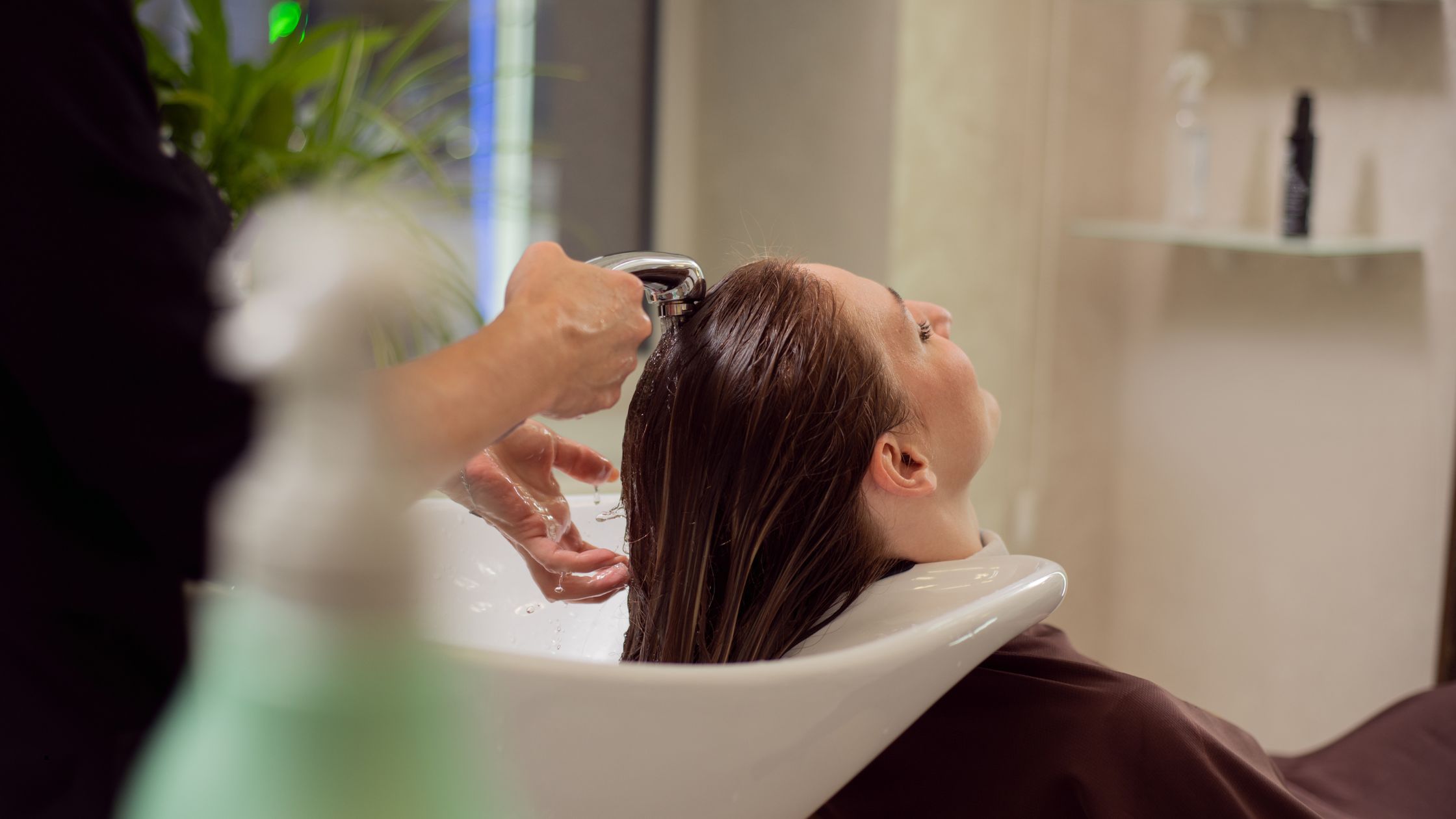Everyone’s talking about hammam and salt rooms these days. Your yoga instructor swears by them, your neighbor just booked a session, and suddenly every wellness center in town has added one to their menu. But what’s really going on behind all the hype?
The Truth About Ancient Practices Gone Commercial
Real hammams weren’t designed for Instagram photos. In Turkey and Morocco, they were practical community spaces where people went to get properly clean. Picture rough marble slabs, buckets of scalding water, and attendants who’d scrub your skin raw with coarse mitts. No soft towels or cucumber water in sight.
Salt therapy comes from Polish and Eastern European salt mines. Miners working underground seemed to have fewer breathing problems than their above-ground counterparts. Smart doctors in the 1800s started sending people with lung issues down into these caves. It wasn’t about relaxation – it was medical treatment.
Today’s hammam and salt rooms take these gritty origins and package them into sanitized spa experiences. Gleaming facilities with controlled temperatures, ambient music, and staff who speak in hushed tones. The environments look nothing like their predecessors, but do they work the same way?
What Salt Rooms Actually Do to Your Body
Salt room enthusiasts claim the microscopic particles floating in the air can cure everything from asthma to anxiety.
The theory sounds logical enough – breathe in tiny salt crystals, they reach your lungs, inflammation goes down, breathing improves.
Some research backs up parts of this story. A 2016 study found that children with mild asthma showed improvement after salt therapy sessions. Another study suggested benefits for people with chronic bronchitis. But here’s the catch: most of these studies were small, and many lacked proper control groups.
The bigger issue? Many commercial salt rooms don’t generate the same particle sizes or concentrations found in natural salt caves. That expensive halogenerator humming in the corner might not be creating the specific conditions that made those old salt mines effective.
The Hammam Health Claims Under the Microscope
Hammam and salt rooms promise detoxification, improved circulation, and stress relief. The heat and humidity combination does trigger genuine physiological responses. Your heart rate increases, blood vessels dilate, and you definitely sweat out fluids.
But detoxification? Your liver and kidneys handle that job quite efficiently without steam assistance. The toxins supposedly leaving through your pores are mostly water, electrolytes, and trace amounts of waste products your body was going to eliminate anyway.
The circulation boost is real, though temporary. Heat therapy can help relax muscles and may provide some pain relief. People with certain heart conditions should skip hammams entirely – the cardiovascular stress isn’t worth the risk.
Hidden Costs Beyond the Price Tag
Hammam and salt rooms sessions typically cost between $30-80 per visit. Packages and memberships can run into hundreds of dollars. But money isn’t the only consideration.
Time investment adds up quickly. Most facilities recommend 45-minute sessions, plus travel time and post-session recovery. Regular users might spend 4-6 hours weekly on these treatments.
Skin sensitivity poses another concern. Some people develop irritation from salt exposure or excessive heat. Those with eczema, open wounds, or certain skin conditions might find their symptoms worsen rather than improve.

When the Promised Benefits Don’t Materialize
Marketing materials for hammam and salt rooms often feature testimonials from people claiming miraculous recoveries. Chronic conditions resolved, energy levels restored, years of suffering ended. These stories sound compelling but represent individual experiences rather than guaranteed outcomes.
Placebo effects play a significant role in wellness treatments. Spending money on self-care, taking time to relax, and believing a treatment will help can generate real improvements in how people feel. This doesn’t invalidate the experience, but it complicates efforts to measure actual therapeutic benefits.
Some users report no changes at all despite regular sessions. Others experience temporary improvements that fade quickly. The expensive membership becomes a source of guilt rather than wellness when expected results don’t appear.
Smart Strategies For Trying These Treatments
Start with single sessions before committing to packages. Pay attention to how your body responds during and after treatments. Keep a simple log noting any changes in symptoms, energy levels, or overall wellbeing.
Research the specific facility’s equipment and protocols. Not all hammam and salt rooms operate the same way.
Ask about particle sizes in salt rooms, temperature ranges in hammams, and staff training levels.
Consider your existing health conditions carefully. Consult healthcare providers if you have respiratory issues, heart problems, or skin conditions before trying either treatment.
The Hygiene Factor Nobody Talks About
Public wellness facilities face unique sanitation challenges that most users never consider. Steam environments in hammams create perfect breeding grounds for bacteria and fungi. Shared surfaces, high humidity, and warm temperatures combine to form conditions that pathogens love.
Salt rooms present different but equally important hygiene concerns. The salt itself has antimicrobial properties, but the ventilation systems, seating areas, and entry points require constant maintenance. Some facilities change their salt regularly, while others leave the same crystals in place for months.
Ask about cleaning protocols before booking any session. Reputable establishments should have clear procedures for sanitizing surfaces between clients, maintaining proper ventilation, and replacing materials as needed. Your health depends on these behind-the-scenes practices that marketing materials rarely mention.
The Bottom Line on Expectations
Hammam and salt rooms aren’t miracle cures, but they’re not complete scams either. Some people genuinely benefit from regular sessions, particularly those seeking stress relief and relaxation. Others find them expensive ways to sit quietly for an hour.
The catch isn’t necessarily in the treatments themselves, but in the oversized promises surrounding them. Approach these wellness options as you would any other luxury service – enjoy the experience if it appeals to you, but don’t expect dramatic health transformations.
Real benefits tend to be modest and temporary. The social aspect, forced relaxation time, and ritual of self-care might provide more value than any specific therapeutic effects from steam or salt exposure.
Ready to experience authentic hammam tradition combined with modern comfort? Visit The Old Hammam & Spa in Edmonton, London, where centuries-old practices meet contemporary wellness standards. Book your session today and discover what genuine Turkish bathing culture feels like in the heart of North London.






